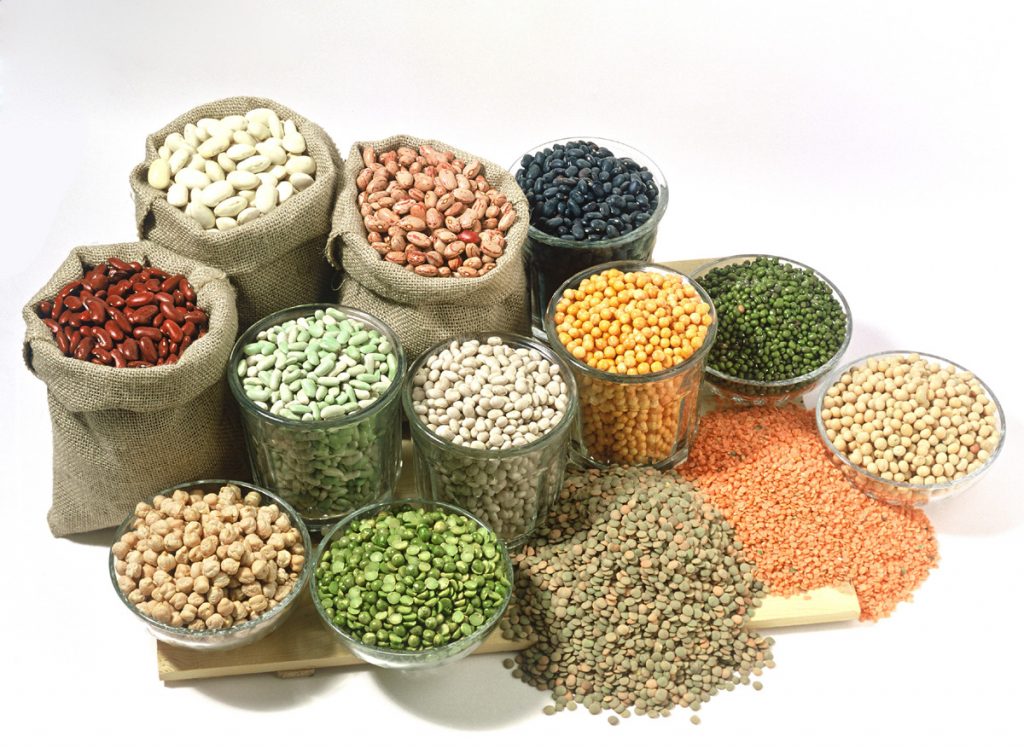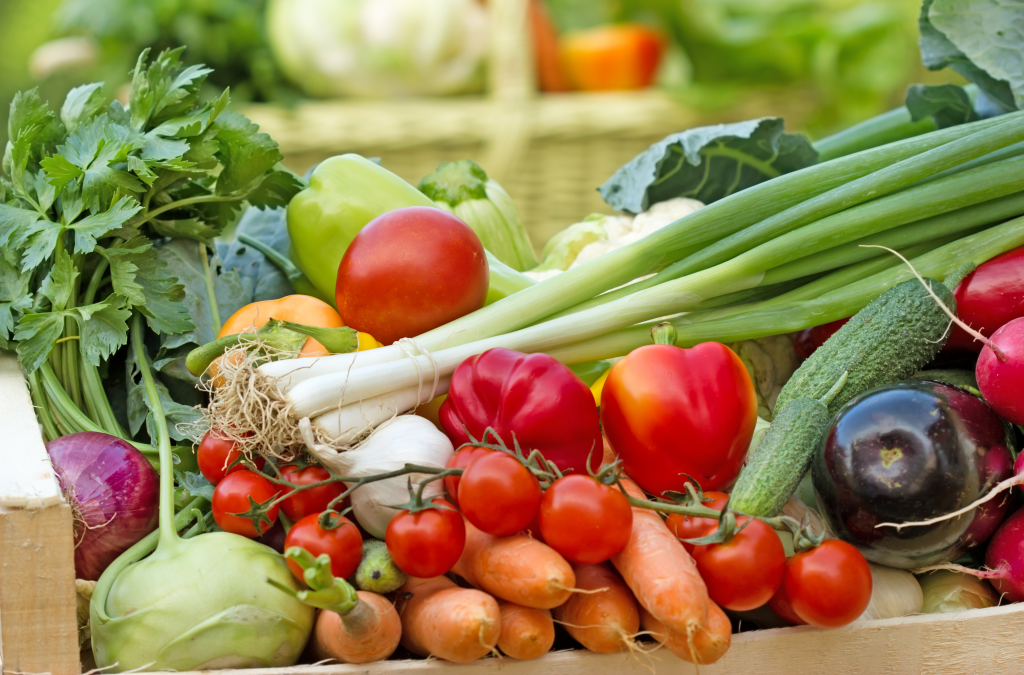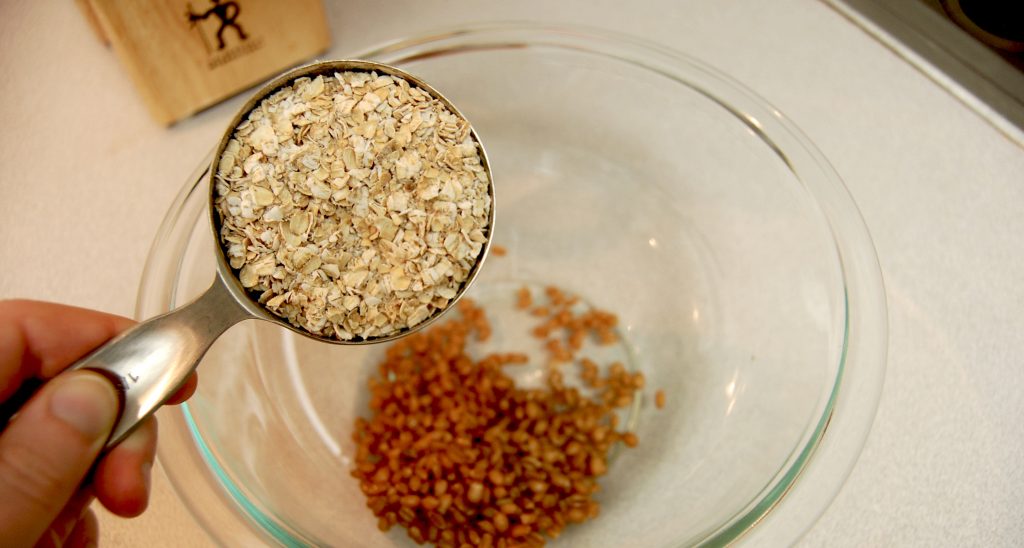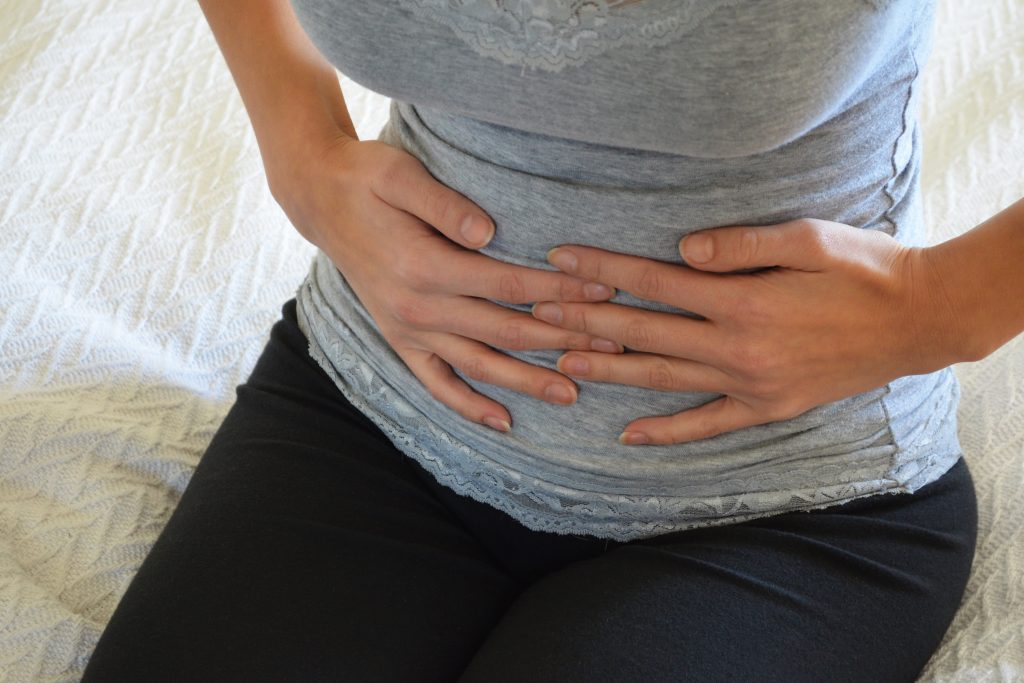All Dietary Fiber is Not Created Equal
Diet May 4, 2024 Damon Mitchell
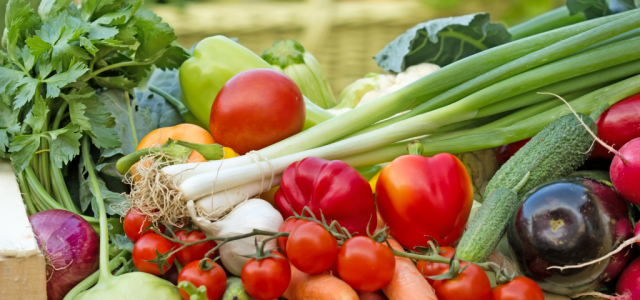
Eating enough fiber ranks right up there with carrying around a bottle of water. There’s an assumed virtuousness to people who engage in these activities.
When it comes to fiber, people wonder what is this mystery nutrient that all their healthy friends speak of, and should they eat it? Fiber is mysterious. Even folks who consume fiber often don’t know there are two different types. They don’t know these two varieties have different effects on the body. What’s worse, they don’t know how much they should eat of each.
We gonna get there. Hang tight. Let’s cover the dietary fiber types, first.
What is soluble fiber?
Generally recommended for folks with high cholesterol, heart health issues, or blood-sugar regulation issues, soluble fibers are found in grains like oats, legumes, nuts, flax seeds, and psyllium to name a few.
Because solubles can bind to fatty acids, like LDLs, the unhealthy cholesterol, doctors like solubles for their patients with cholesterol issues.
This type of fiber is often recommended to folks trying to lose weight. Because soluble fibers grow in the body, the paradigm is that your digestive tract will feel more full, but it would be foolish to exclude insoluble to this mix. We’ll get to that in a second.
Soluble fiber is most easily remembered by word association. When you read or hear soluble, think “soakable.” It’s not really a word, but the idea carries. Soluble fibers are the ones that soak up water.
Inside your body, soluble fibers grow like oats sitting in water, turning gelatinous. Solubles are so efficient at soaking up water, they can pull water from the walls of your digestive tract.
This is not the best plan if you were consuming fiber to loosen up your gastrointestinal tract. You’d be better off eating insolubles.
What is insoluble fiber?
Essentially, insoluble are the opposite of solubles. If you can remember that solubles soak up water, then you have a reference for insoluble. They do not absorb water.
These fibers are generally recommended to folks with digestion difficulties as they tend to loosen up traffic jams in your intestines. This can be problematic for anyone with an irritated bowel, though.
If you have concerns you should probably consult your physician.
You will find insoluble fibers in the skins of your fruit and in the green and leafy vegetables.
This is why many fitness people will eat at least one good salad a day. They get all their insoluble in one-shot or least ensure that they’ve eaten one good serving.
Some of your fiber sources, like flaxseed or psyllium husk, will provide a good source of both soluble and insoluble.
How much should I eat of each?
It would be nearly impossible to make a specific recommendation for each body, but the RDA tries. Unfortunately, the RDA recommendations don’t separate the two fibers. Good job, RDA.
A good place to start is consuming one serving per day of soluble fiber, and one of insoluble fiber. As mentioned, a nice hearty salad per day with greens, celery, tomatoes, and whatever else you like on your salad (but easy on the Bac-Os), is a good place to start.
An even better dietary recommendation would have you consuming small amounts of raw vegetables with every meal, like 2-3 broccoli spears. For solubles, do the same thing.
If you can’t sneak some whole grains (not bread) or legumes into each meal, get one good serving of oatmeal per day. See how these recommendations go, then increase or decrease as necessary.
How would you know too much is too much? This is where fiber gets tricky. Fiber, of any sort, if you aren’t accustomed to eating it can cause your body to produce gas.
Unless it’s painful, it’s nothing to be concerned about. In time, your body should adjust, but maybe in the short run, you back down you portions… for everybody’s sake.

